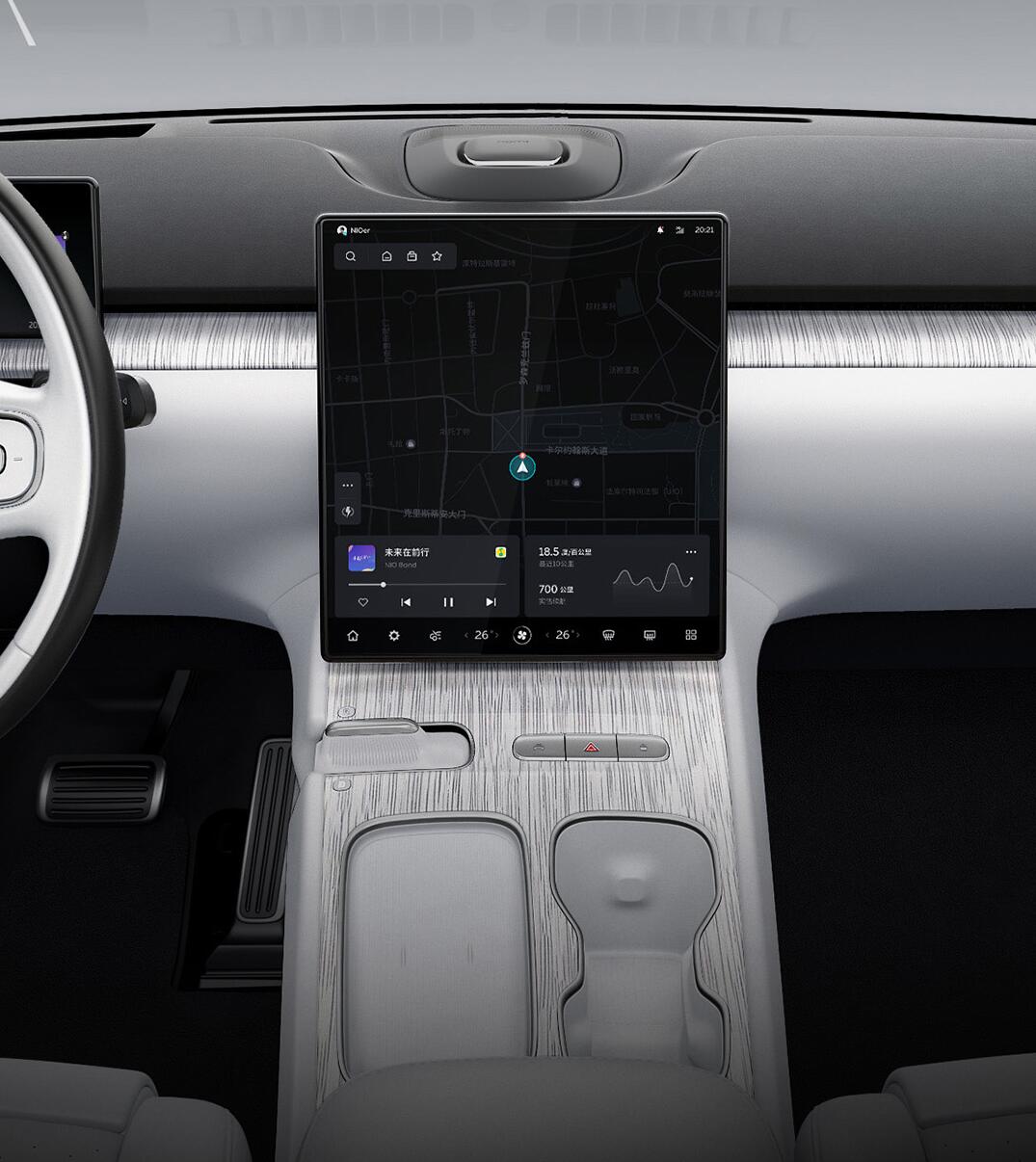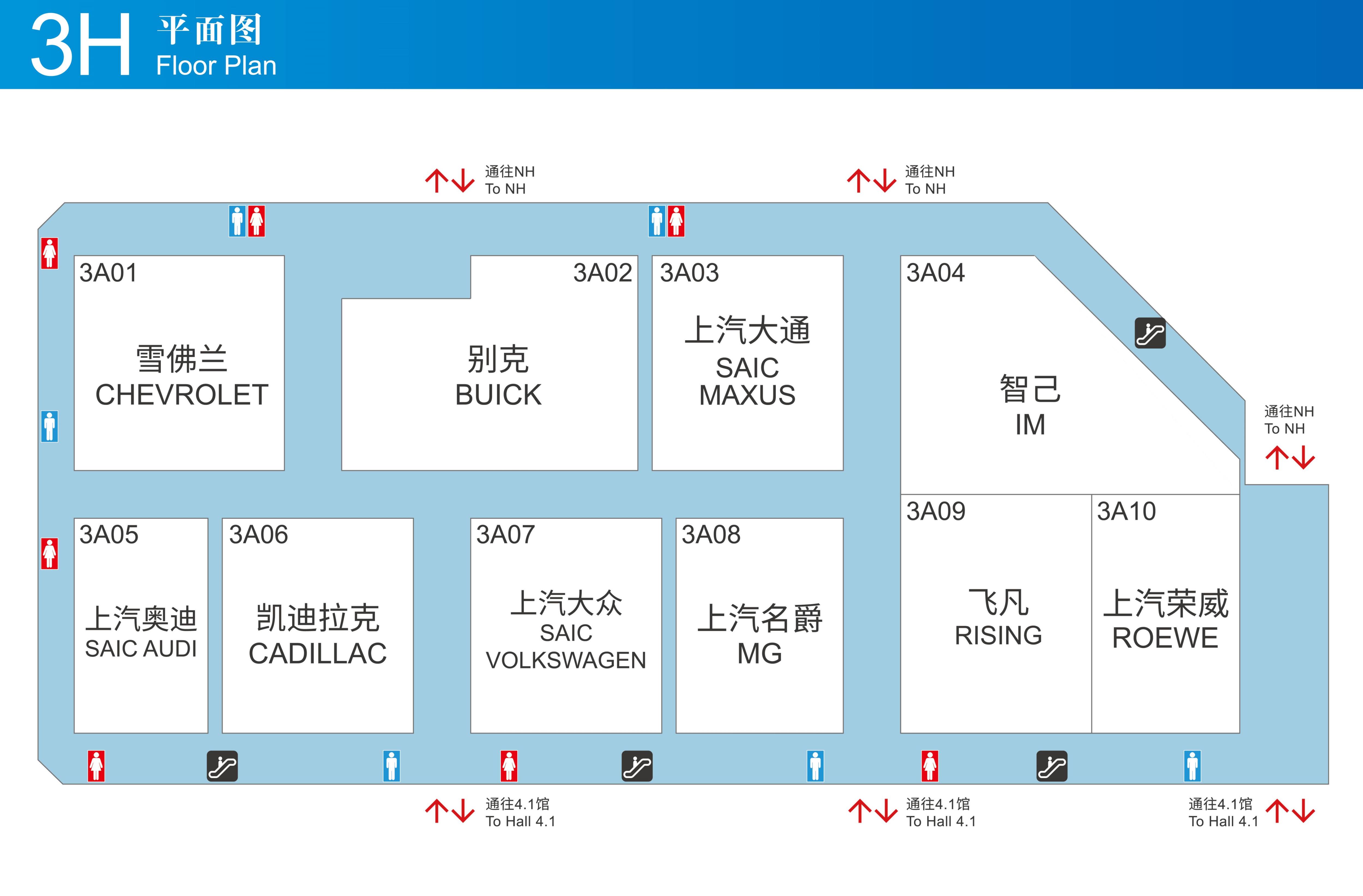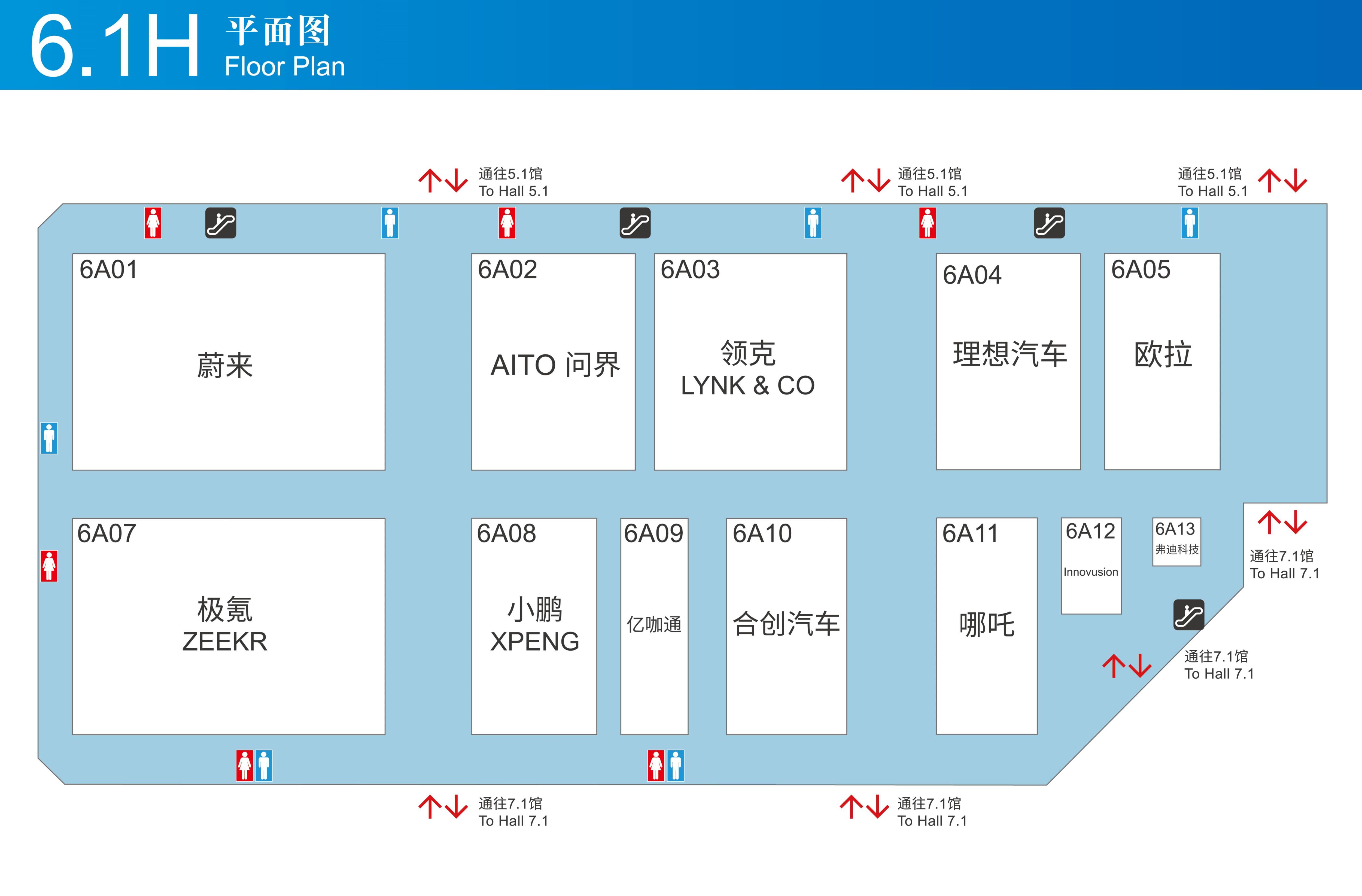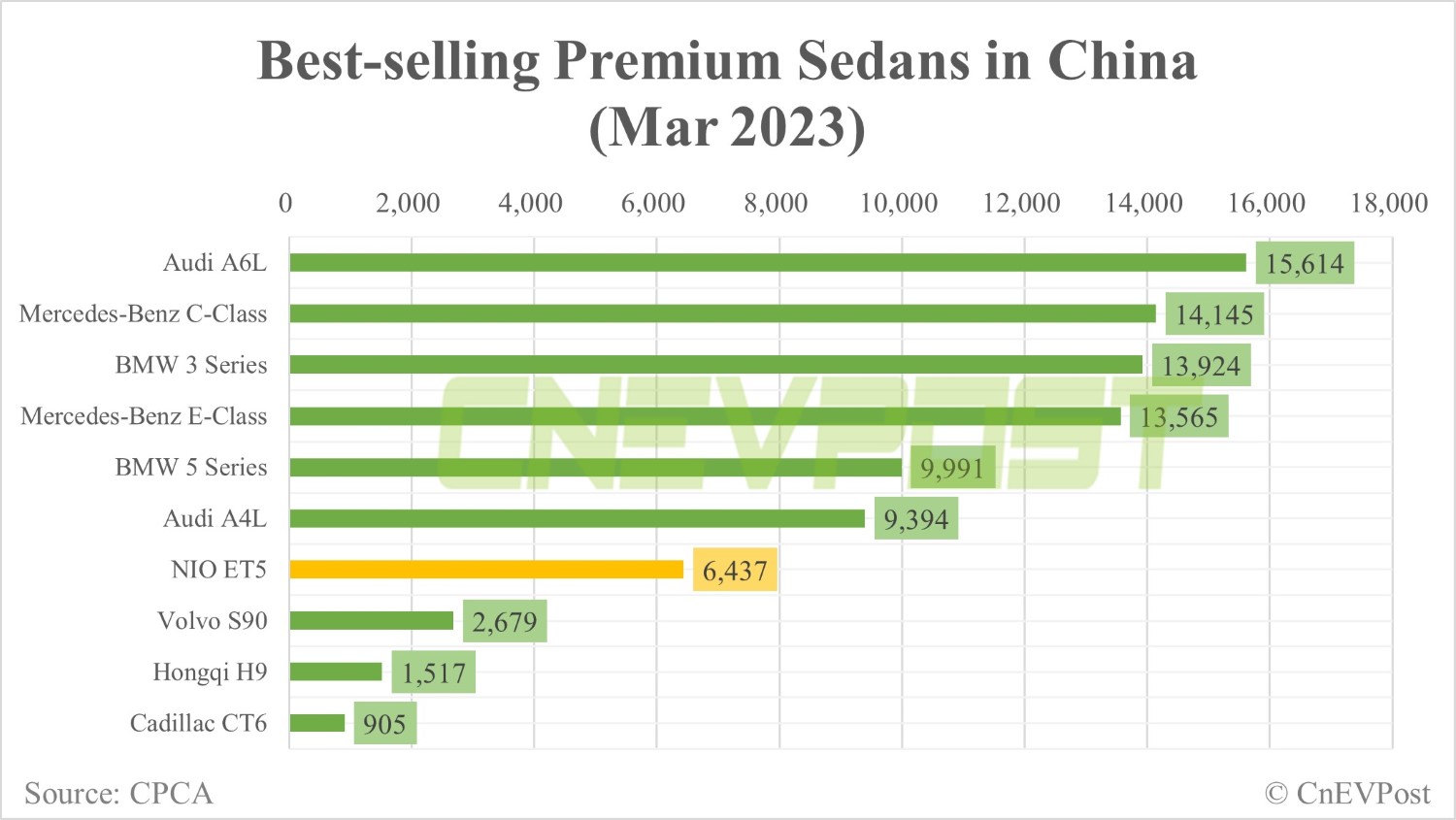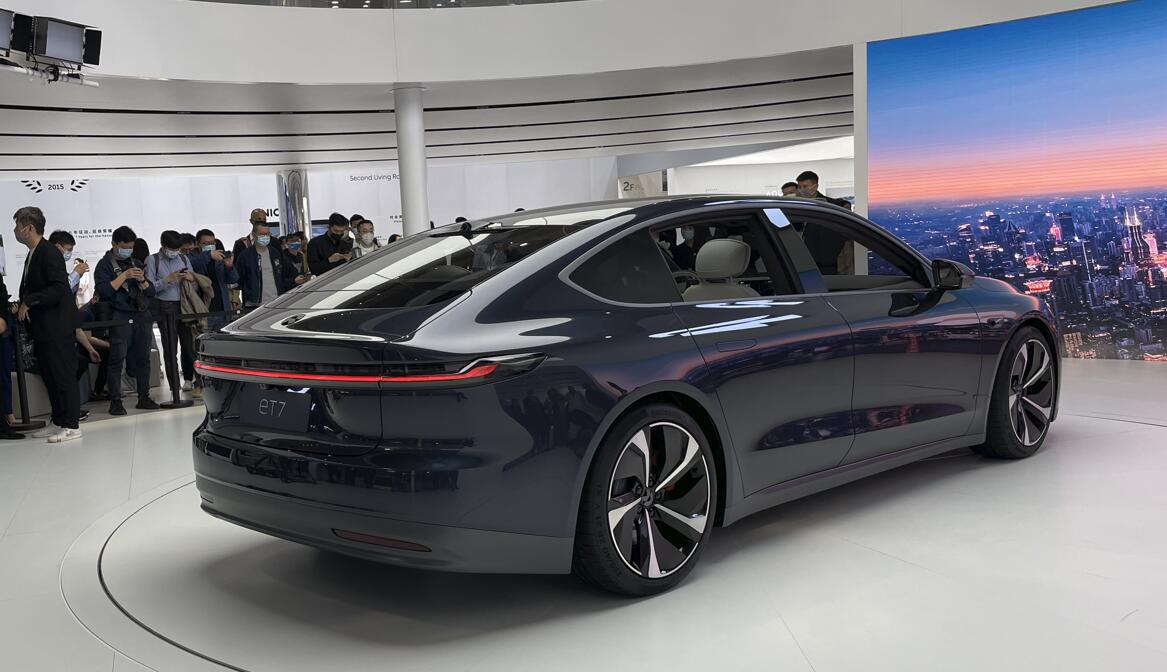The Firefly is NIO's smaller model project that is expected to debut in Europe in the third quarter of 2024, company executives previously said. | NIO US | NIO HK | NIO SG
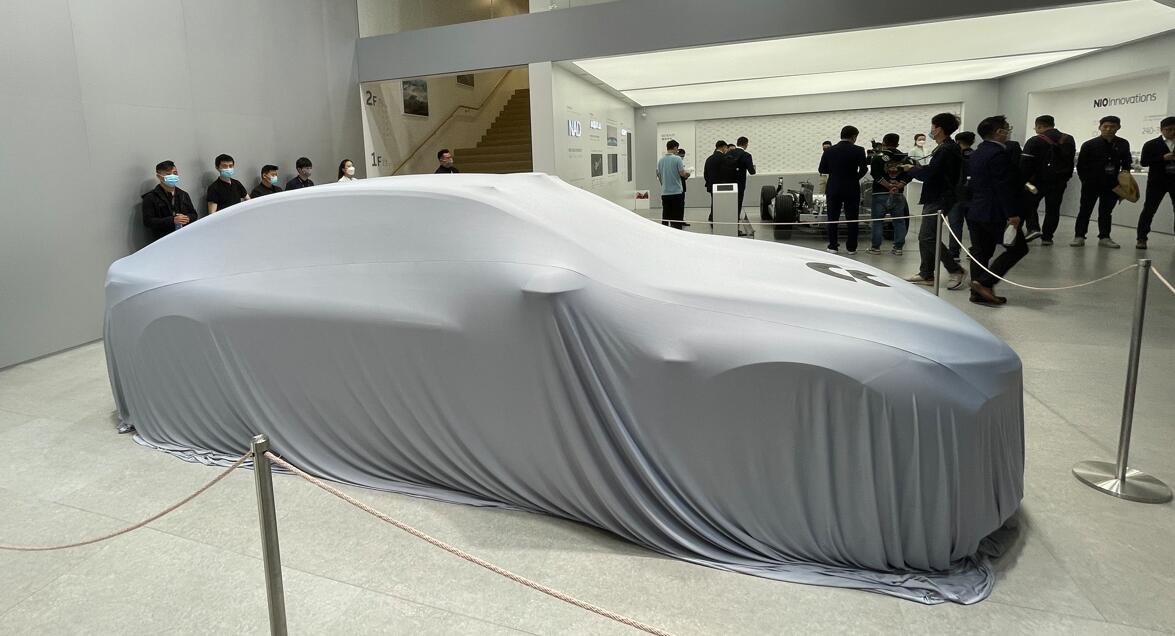
(Image credit: CnEVPost)
NIO (NYSE: NIO) appears to be continuing to move forward with work related to its third sub-brand, though it is currently focused on the launch of the new ES6.
The electric vehicle (EV) maker filed applications for six Firefly-related trademarks in China on May 12, information from data provider Tianyancha shows.
The six trademarks are included in two classifications, construction and scientific instruments, including different combinations of NIO and Firefly, and appear to be primarily aimed at trademark protection.
Two of these trademarks are identical but belong to different classifications.

NIO management has previously said on several occasions that the company is creating two sub-brands codenamed ALPS as well as Firefly to target a broader mass market.
It is worth noting that both ALPS and Firefly are project code names for NIO's sub-brands, and not necessarily the final brand names.
On January 26, NIO co-founder and president Qin Lihong said at a face-to-face communication event with owners that NIO is preparing a model for the sub-brand codenamed ALPS, which is expected to start delivery within 2024.
The Firefly project is also being planned and will be delivered first to European consumers, Qin said at the time.
The smaller model of NIO is in development and will debut in Europe and is expected to be available in the third quarter of 2024, according to Qin.
William Li, founder, chairman and CEO of NIO, was quoted in German magazine Der Spiegel on April 29 as saying the company aims to capture Volkswagen's market share by introducing a model to the European market priced below 30,000 euros ($32,310).
"Yes, in terms of price that means we are also attacking Volkswagen more strongly than before," Der Spiegel quoted Li as saying, without providing further details.
On February 21, local media Cailian reported that NIO's fourth vehicle assembly plant will be located in Chuzhou, Anhui province, and will produce Firefly models.
NIO's vehicles are currently produced in two assembly plants located in Hefei, Anhui.
The Firefly model will be sold first in Europe, targeting the Volkswagen POLO market, Cailian said, citing an insider, adding that, like NIO's other products, they will support battery swap and battery leasing.
Compared to the main NIO brand and the ALPS project, the Firefly models will have weaker smart driving features, but they will still have a clear smart advantage over the European carmaker's offerings, the insider said.
NIO is preparing for the launch of the new ES6 in China, which will go on sale on May 24 and deliveries will begin on May 25.
($1 = €0.9284)
NIO plans to launch EV priced below 30,000 euros in Europe, report says
The post NIO applies for trademarks related to Firefly in China appeared first on CnEVPost.
For more articles, please visit CnEVPost.


